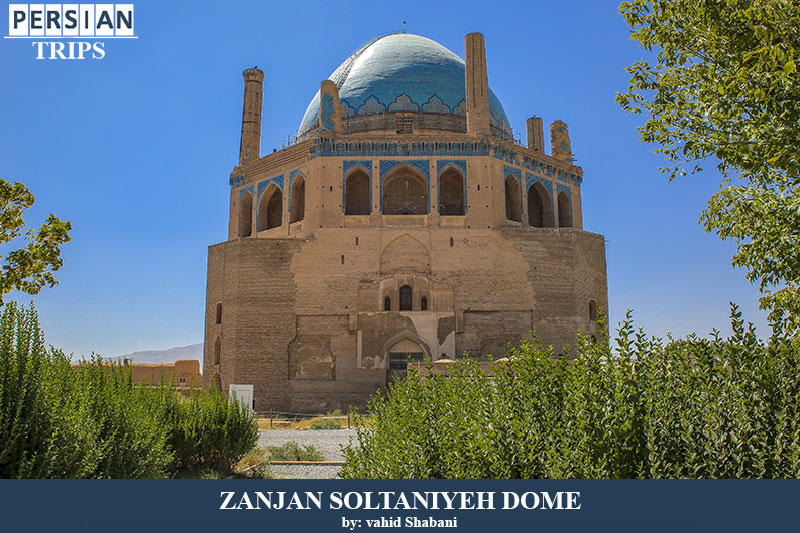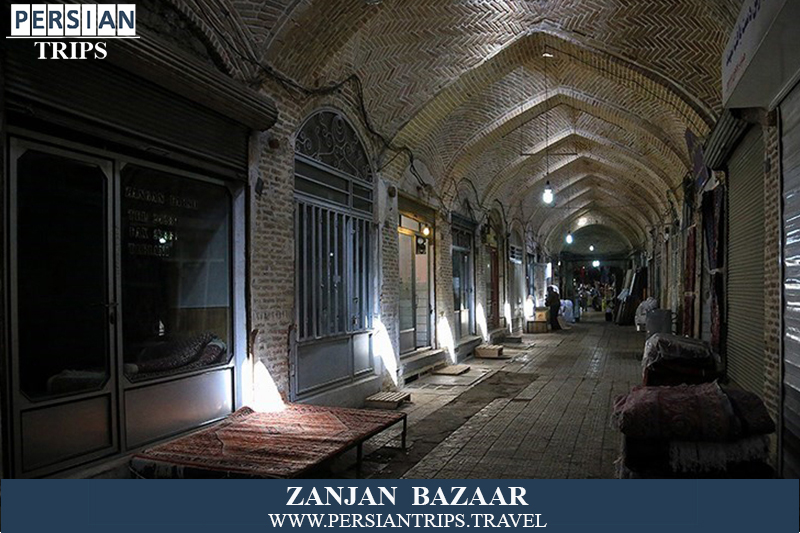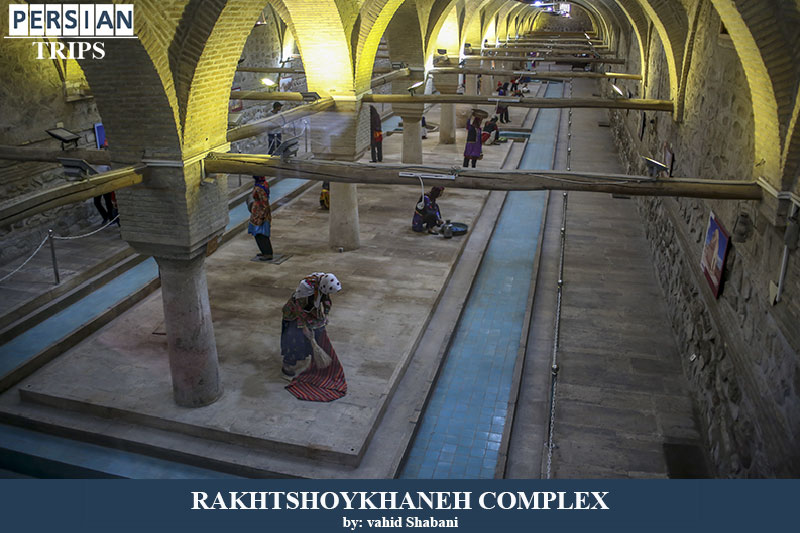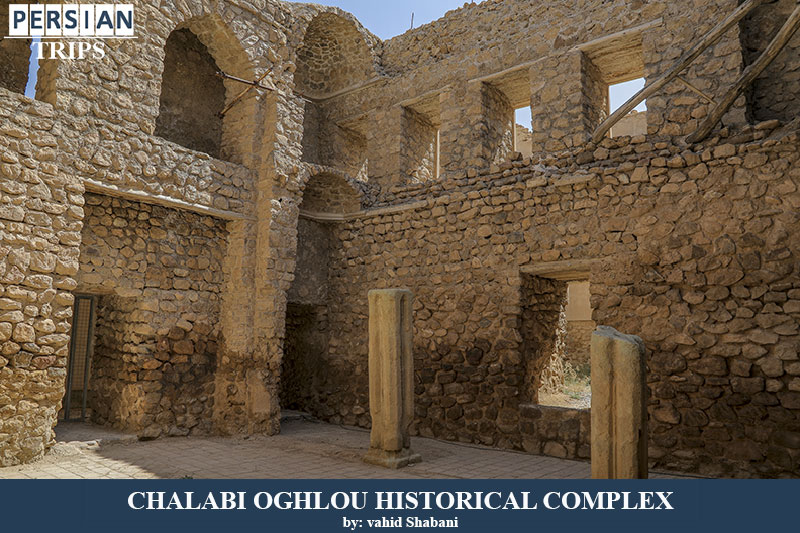Zanjan Stone Caravanserai

The Safavid era in Iran is known as the era of caravanserais. Many legends are told about the number of caravanserais built during the era of different Safavid kings

Zanjan Province, also called Zanjan Plateau, is located in the central region of northwestern Iran with an area of nearly 39369 square kilometers. Being famous for hospitality, people in Zanjan are mostly Shia Muslims who live with other minorities. Locals mainly speak in Azeri (a dialect of Turkish); Tati is also spoken in some parts of the province specially in mountainous regions.
Zanjan has borders with Ardabil and Gilan in the north, Qazvin in the east, Hamedan in the south, South Kurdistan, West Azerbaijan and East Azerbaijan in the southwest and west. According to the latest divisions of the country, Zanjan has 8 cities, 16 districts, 21 counties, 46 villages and 978 small villages.
Numerous ceremonies are held during Nowruz. The traditional ceremony of Chehel Yasin is held at the first moment of new year in 15 mosques of Zanjan. Another Nowruz program in Zanjan is the distribution of cultural packages such as books about family, children and youth by the ministry of culture. All squares of this province are also adorned with Haft-sin. The traditional clothing is another important cultural element. Pooshin is a piece of fabric women wear as headband in addition to their scarf called Yashmaq. Their multipiece colorful clothing is a combination of top dress, Jelizqeh (vest), Sheliteh (Short Skirt) and long trousers. Charooq is what they wear as shoes. Men in Zanjan wear suits with a kind of hat. Their shoes are called Giveh or Charoq (made of leather).
Since one of the most enduring professions and industries in Zanjan has long been knife making, various people who traveled to this city brought Zanjan knives as souvenirs for themselves and their acquaintances. Knives of Zanjan are well known because of their cutting power, sharpness, high quality, durability, plating style and the fine pattern on their handle. Because of the geographic situation of Iran, there have been a lot of wars; the army and worriers always had to be ready, so they needed weapons and equipment to protect the country. Interestingly, the oldest founded knife in Iran dates back to thousand years ago; however, these knives are still one of the most popular souvenirs in the city. Other souvenirs belonging to this city include tapestry, various copper utensils, Charogh, kilims, carpets, inlays, leather artifacts, and engraving. We can also name bag weaving, necklace and bracelet.
Soltaniyeh Dome (the great building of Soltaniyeh, which is considered to be the largest historical dome in the world after Santa Maria Church and Hagia Sophia Mosque in Turkey), Katalekhor Cave, Chalabi Oghlou HistoricalComplex, Zanjan Bazaar, Zanjan Rakhtshoykhaneh Historical Complex, Salt Men Museum, Behestan Castle, Zanjan Soltaniyeh Dome, Zanjan Grand Mosque, Dashkasan, Qaterchi Darband, Kharmanehsar Cave, Dragon Temple, Zanjan Museum, etc. are among the tourist attractions of this province.
Tags: Zanjan Soltaniyeh Dome, Zanjan province, Zanjan Rakhtshoykhaneh, historical attractions in Iran, Zanjan Attractions, Zanjan Bazaar, Salt Men Museum

The Safavid era in Iran is known as the era of caravanserais. Many legends are told about the number of caravanserais built during the era of different Safavid kings

Iran is the cradle of the Bazaar in the world. You can find the most diverse, beautiful and attractive Bazaars in this country. One of these Bazaars, which is considered the longest covered Bazaart in the world, is Zanjan Bazaar. A Bazaar that is newer than others and today, daily business activity is still going on in it.

In this article, we are going to introduce you to one of the most important archaeological discoveries of the last 100 years. A discovery that provides us with unique information about the cultural, social, livelihood and daily life aspects of the ancient Iranian people.

One of the largest caves in the Middle East, the deepest cave discovered in Iran and the most beautiful limestone cave in the world is Katale Khor Cave of Zanjan with 150 million years of age. Let's get acquainted with this pure beauty.

The historical complex of Zanjan Rakhtshoykhaneh (Laundry) has been built in the heart of the historical area of Zanjan in a densely populated residential area. Zanjan is the capital of the province.

Chalabi Oghlou historical complex is a historical building related to the eighth century AH, which is located in the southwest of Soltanieh city in Zanjan province. This complex is located about five hundred meters from the dome of Soltanieh.

7.62°C
Tehran